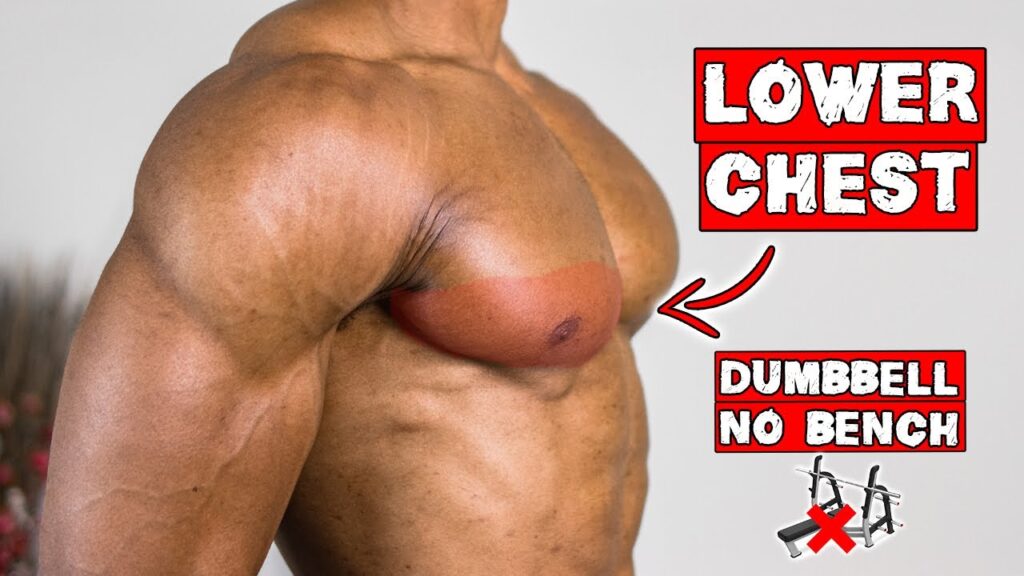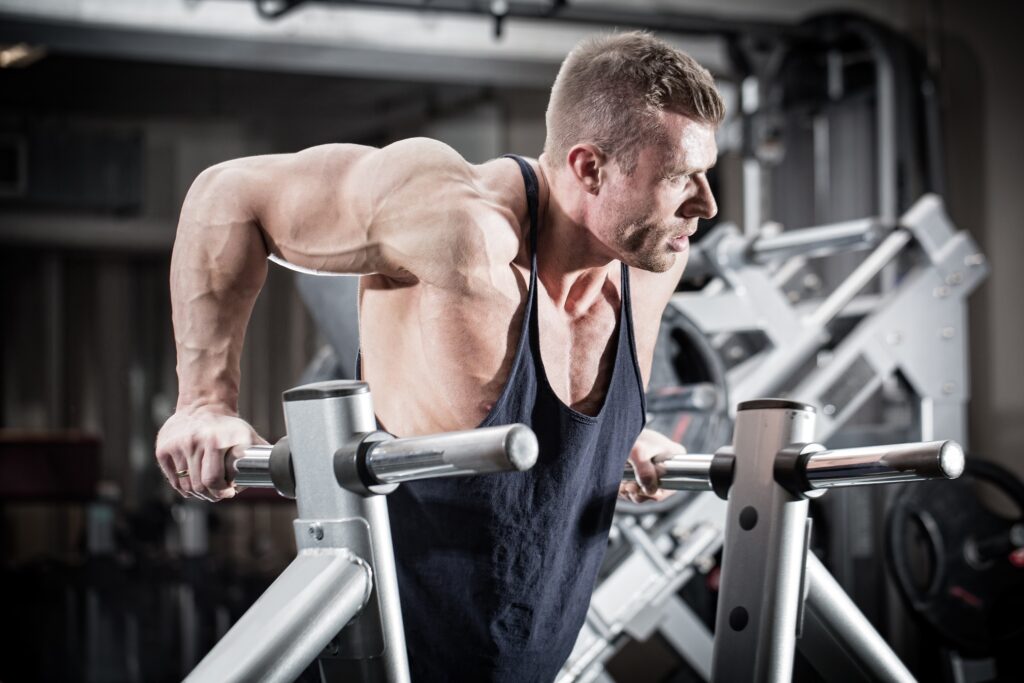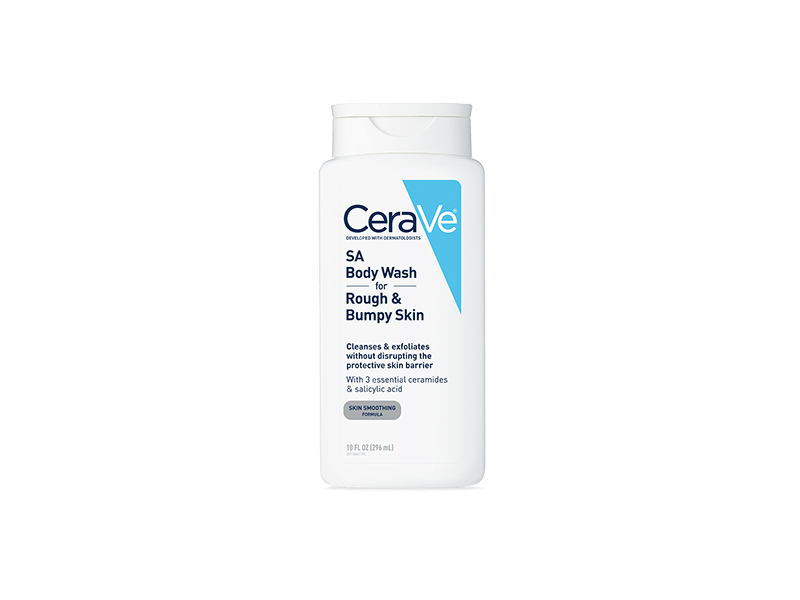Lower Chest Workout – A well-defined lower chest not only enhances your physique but also contributes to overall upper body strength and stability.
Targeting the lower portion of the pectoralis major—the sternal head—requires specific exercises that emphasize downward pressing and adduction movements.
In this comprehensive guide, we’ll explore effective lower chest exercises, provide a sample workout routine, and offer tips to maximize your training results.
Understanding the Lower Chest Workout
The pectoralis major consists of two primary heads:
- Clavicular Head: Upper chest
- Sternal Head: Middle and lower chest
To effectively target the lower chest, focus on movements that involve pressing or pulling at a downward angle, aligning with the muscle fibers of the sternal head.
Lower Chest Workout Exercises
-
Decline Barbell Bench Press
How to Perform:
- Set a bench to a decline angle of approximately 15-30 degrees.
- Lie down and secure your feet under the foot pads.
- Grip the barbell slightly wider than shoulder-width.
- Lower the barbell to your lower chest, then press it back up to the starting position.
Benefits:
- Emphasizes the lower pectoral muscles.
- Reduces strain on the shoulders compared to flat bench pressing.
Note: Ensure proper form to avoid undue stress on the shoulders and lower back.
-
Chest Dips
How to Perform:
- Use parallel bars and support your body with arms extended.
- Become Fit and Healthy at Home
- Lean slightly forward to engage the chest muscles.
- Lower your body by bending the elbows until your upper arms are parallel to the floor.
- Push back up to the starting position.
Benefits:
- Targets the lower chest effectively when leaning forward.
- Also engages the triceps and anterior deltoids.
- Tip: Adding weight with a dip belt can increase intensity as you progress.
-
Decline Dumbbell Bench Press
How to Perform:
- Set a bench to a decline angle of 15-30 degrees.
- Lie down with a dumbbell in each hand, held at chest level.
- Press the dumbbells upward until your arms are fully extended.
- Lower the dumbbells back to the starting position.
Benefits:
- Allows for a greater range of motion compared to barbell presses.
- Helps correct muscle imbalances between sides.
Note: Maintain control throughout the movement to prevent shoulder strain.
-
High-to-Low Cable Fly
How to Perform:
- Set the pulleys on a cable machine to the highest position.
- Stand in the center, holding the handles with arms extended upward.
- Pull the handles downward and across your body, bringing your hands together in front of your lower chest.
- Slowly return to the starting position.
Benefits:
- Isolates the lower chest muscles effectively.
- Provides constant tension throughout the movement.
- Tip: Focus on a slow, controlled motion to maximize muscle engagement.
-
Decline Push-Ups
How to Perform:
- Place your feet on an elevated surface, such as a bench or step.
- Position your hands shoulder-width apart on the floor.
- Lower your body until your chest nearly touches the floor.
- Push back up to the starting position.
Benefits:
- Targets the lower chest using bodyweight.
- Can be performed without equipment, making it accessible for home workouts.
Note: Keep your core engaged to maintain proper form throughout the exercise.
Sample Lower Chest Workout Routine
Warm-Up:
- 5-10 minutes of light cardio (e.g., jumping jacks, brisk walking)
- Dynamic stretches focusing on the chest and shoulders
Workout:
- Decline Barbell Bench Press: 4 sets of 8-10 reps
- Chest Dips: 3 sets of 10-12 reps
- Decline Dumbbell Bench Press: 3 sets of 8-10 reps
- High-to-Low Cable Fly: 3 sets of 12-15 reps
- Decline Push-Ups: 3 sets to failure
Cool-Down:
- Static stretching of the chest and shoulder muscles
- Deep breathing exercises to promote recovery
Tips for Maximizing Lower Chest Development
Progressive Overload: Gradually increase the weight or resistance to continue challenging your muscles.
Proper Form: Focus on technique to effectively target the lower chest and prevent injuries.
Rest and Recovery: Allow adequate rest between workouts to facilitate muscle growth and repair.
Nutrition: Consume a balanced diet rich in protein to support muscle development.
Incorporating these exercises into your fitness routine can help you build a stronger, more defined lower chest. Remember to listen to your body, adjust the intensity as needed, and consult with a fitness professional if you’re new to these movements or have any underlying health concerns.







